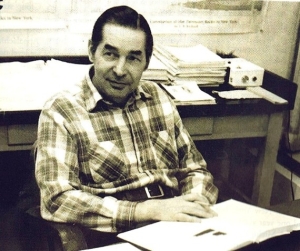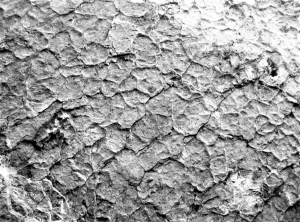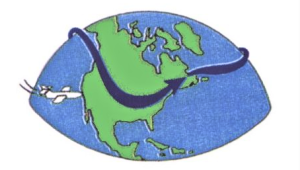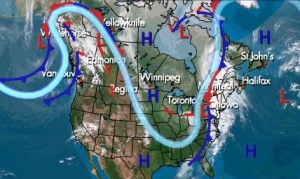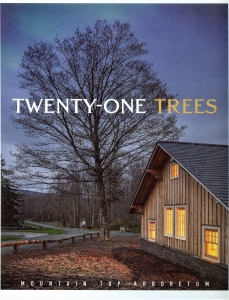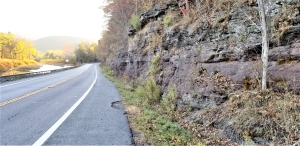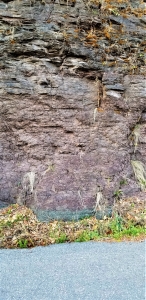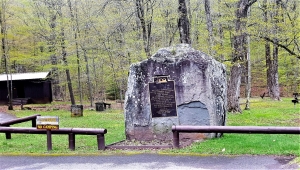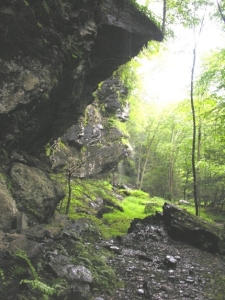Death of a Farm; Jan 15, 2026
Death of a Farm?
The Catskill Geologists; The Mountain Eagle; Dec. 6, 2019
Robert and Johanna Titus
Did you read about Hull-O-Farms in the New York Times recently (Nov. 28, 2019)? The article was on the front page, and it was actually above the fold. That’s something that doesn’t happen to a Greene County farm very often. We were intrigued so we read the article with real interest. Turns out there was some geology in the story so here is our version — above the fold in Part D of the Mountain Eagle!
Hull-O-Farms is a 260-acre farm on Cochrane Road in Durham. It has been farmed by seven generations of the Hull family. That makes it one of the oldest one-family farms in America. Sadly, no member of the eighth generation is able to take over from Frank and Sherry Hull. They have had success running it as a farm-stay bed and breakfast, but they are just getting too old for all the hard-work and they may well have to sell their land for development. There is just a little hope; efforts are underway trying to find young would-be farmers and match them with threatened but available farmlands. But it is doubtful that this will happen. It’s a sad story being repeated all across the country. Family farms are disappearing every day and that was the whole point of the Times story.

But we wondered if there was a geological story behind the story, so we did a little research. The was a brief mention in the Times article that the soils were more than just a bit muddy. We started there. We got out our Greene County soil survey and looked up that stretch of land on its map. We found that most the Hull farmland is blanketed in soils called the Burdett silt loam. And, indeed, they are clay-rich and damp., and they are good for pasturing dairy cattle but the economics of that have become weak. They can be farmed but they are only rated as “moderately suited” for cultivated crops. We wondered why and read on. It turns out that the Burdett soils have been developed upon what is called glacial till. Till is a vaguely defined word in the lexicons of geology but it is, in this case, a thin layer of earths left behind by the melting of a dirty sheet of ice. We called a similar nearby deposit a ground moraine in our July 26, 2029 column.
Well. this till/ground moraine was developed upon some Devonian aged bedrock which was essentially a shale. So now we had some more researching to do. We got out our copy of the New York State Museum’ geologic map. It looks like Hull-O-Farms lies upon some marine shales called the Manorkill Formation. These shales were deposited as mud on the bottom of the Devonian Catskill Sea about 380 million years ago. Now they are turning back into muds, the muds of the Burdett soils.
So, to sum it all up. The Devonian seas, that were once here, deposited those marine shales. Those rocks sat there for about 380 million years until the Ice Age when glaciers came along. The glaciers gouged out the shales and turned them into the tills that made ground moraines. During the 14,000 years that have passed by since the Ice Age those glacial deposits have been turned into the Burdett soils. The Hulls came along in the late 1700’s and began the farm. Seven generations later that is coming to an end. There is so much history here; the New York Times story missed nearly all of it.
Learn more about Hull-O-Farms at www.hull-o.com.


